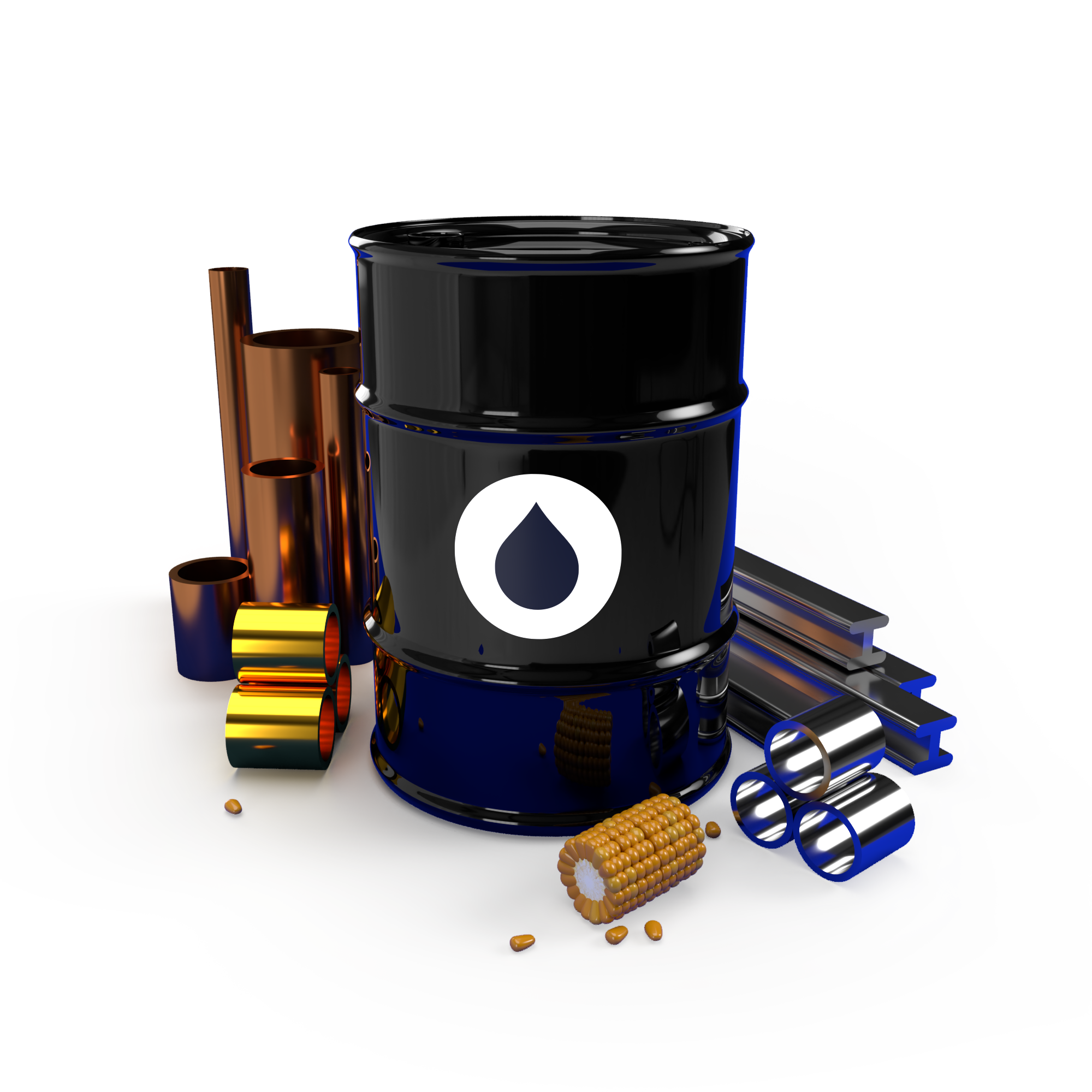Palladium metal is a rare and lustrous metal, often overshadowed by its more famous counterparts like gold and platinum. Despite its low profile, palladium plays a vital role in various industries, including automotive and electronics, due to its exceptional catalytic properties. In this guide, we'll explore the definition of palladium, its uses, and how to trade it online.
What is palladium metal and what is it used for?
Palladium is a rare and shiny metal that belongs to the platinum group of metals. It's often found alongside platinum and other precious metals in deposits underground. Despite being less well-known than gold or silver, palladium is incredibly valuable due to its unique properties.
One of the main uses of palladium is in catalytic converters, which are devices installed in vehicles to reduce harmful emissions from exhaust gases. Palladium helps convert toxic pollutants like carbon monoxide and nitrogen oxides into less harmful substances, making cars more environmentally friendly.
YFIUSD: 00:00 - 21:00 UTC
NZDJPY: 00:00 - 21:00 UTC

Additionally, palladium is used in various other industries, including electronics, jewellery making, and dentistry. In electronics, it's used in capacitors, connectors, and other components due to its excellent conductivity and resistance to corrosion. In jewellery, palladium is valued for its durability, hypoallergenic properties, and lustrous appearance.
Overall, palladium is a versatile and valuable metal with diverse industrial applications, making it an essential component in many modern technologies.
When was palladium metal discovered?
Palladium was discovered by the English chemist William Hyde Wollaston in 1803. While Wollaston was studying platinum ore, he observed a new metal that he initially thought was an alloy of platinum and mercury. However, further analysis revealed that it was a distinct element, which he named "palladium" after the asteroid Pallas, which had been discovered a few years earlier. Wollaston's discovery of palladium marked an important milestone in the field of chemistry and metallurgy.
How to trade palladium metal online (steps)
You can trade palladium metal online with Skilling through CFDs (Contracts for Difference). One of the key benefits of trading palladium CFDs with Skilling is the ability to profit from both rising and falling prices. With CFDs, you can speculate on palladium price - XPDUSD movements without owning the underlying asset, allowing for greater flexibility and potential returns.
Here are steps to get started:
- Open an account with Skilling: Visit the Skilling website and sign up for an account. Provide the required personal information and complete the account verification process.
- Deposit funds: After your account is verified, deposit funds into your Skilling trading account using your preferred payment method supported by the platform.
- Navigate to palladium trading: Once your account is funded, log in to the Skilling trading platform. Under the search bar, search for palladium.
- Research and analysis: Before placing trades, conduct research and analysis on palladium prices and market trends. Utilise Skilling's charting tools, technical indicators, and analysis resources to make informed trading decisions.
- Choose your position: Decide whether you want to buy (go long) or sell (go short) palladium CFDs based on your market analysis and trading strategy.
- Set your parameters: Determine the size of your trade, including the number of palladium CFDs you want to trade. Set your entry price, stop-loss level, and take-profit target to manage your risk and potential profits.
- Place your trade: Once you've set your parameters, execute your trade by clicking on the buy or sell button on the Skilling platform. Your trade will be executed at the current market price.
- Monitor your trade: Keep track of your palladium trade on the Skilling platform. Monitor price movements and market conditions to assess the performance of your trade.
- Close your trade: When you're ready to close your position, simply click on the close button on the Skilling platform. Your trade will be closed, and any profits or losses will be realised based on the difference between your entry and exit prices.

What affects palladium price?
- Supply and demand: Like any commodity, the balance between supply and demand plays a significant role in determining palladium prices. Factors such as changes in industrial demand, production levels, and geopolitical events affecting mining operations could impact the supply-demand dynamics and consequently, the price of palladium.
- Automotive industry: Palladium is primarily used in catalytic converters in vehicles to reduce emissions. Therefore, the performance of the automotive industry, including trends in vehicle sales, regulations on emissions standards, and advancements in technology affecting catalytic converters, could affect palladium prices.
- Economic indicators: Economic indicators, such as GDP growth, industrial production, and consumer confidence, could influence the demand for palladium. Strong economic growth typically leads to increased demand for vehicles and other industrial applications, driving up palladium prices.
- Currency movements: Since palladium is priced in US dollars on international markets, changes in currency exchange rates could impact its price. A stronger US dollar typically makes palladium more expensive for buyers using other currencies, potentially reducing demand and lowering prices.
- Investor sentiment: Investor sentiment and speculation could also affect palladium prices. Factors such as macroeconomic trends, geopolitical tensions, and shifts in investor risk appetite could influence trading activity in palladium futures and other derivative markets, leading to price fluctuations.
- Substitute metals: Palladium competes with other precious metals like platinum and rhodium in various industrial applications. Changes in the prices of these substitute metals, as well as technological advancements affecting their usage, could impact the demand for palladium and its price.
Summary
Palladium is primarily found in countries like Russia, South Africa, and Canada. Trading palladium online involves using platforms like Skilling to speculate on its price movements. However, it's essential to note that trading palladium CFDs online carries risks and may not be suitable for all investors. Always conduct thorough research and consider your risk tolerance before engaging in such trading activities.











